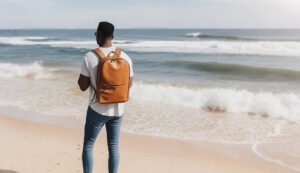With the growth of personalized consumer demand, backpack customization has gradually become a popular choice for corporate gifts, brand marketing and personal exclusive equipment. This article will deeply analyze the whole process, key details and avoidance guide of backpack customization to help you complete the customization project efficiently.
Analysis of the whole process of backpack customization
1.Demand analysis and solution confirmation
- Demand positioning: clarify the purpose (business gift/outdoor equipment/brand promotion), usage scenario (daily commuting/professional sports) and target group (age, occupational characteristics).
- Functional design: Design teams start by identifying core functions based on user needs. They pick a capacity from 10 L to 40 L to match the intended use. They plan a layered structure with a computer compartment and a water‑bag compartment. They integrate a carrying system featuring breathable mesh and adjustable shoulder straps.
- Budget planning: The cost of bulk orders usually decreases with the increase of quantity. The cost of small batch production of less than 100 pieces may be 30%-50% higher than that of more than 500 pieces.
2.Design and development stage
- Concept sketch: Professional designers convert the requirements into 2D plan drawings, and key dimensions need to be marked (such as the main compartment height ≥28cm to accommodate a 13-inch laptop).
- 3D modeling: Use software such as CLO 3D to create three-dimensional renderings, which can intuitively observe the visual effects of proportions, color matching and brand LOGO (recommended size ≥5cm×5cm).
Material selection
- Fabric: 600D polyester (wear-resistant and tear-resistant) is suitable for outdoor models, 1680D ballistic nylon (military grade) is suitable for high-end luggage.
- Accessories: YKK zipper (preferably above No. 5), UTX-Duraflex buckle (load-bearing test must reach more than 50kg).
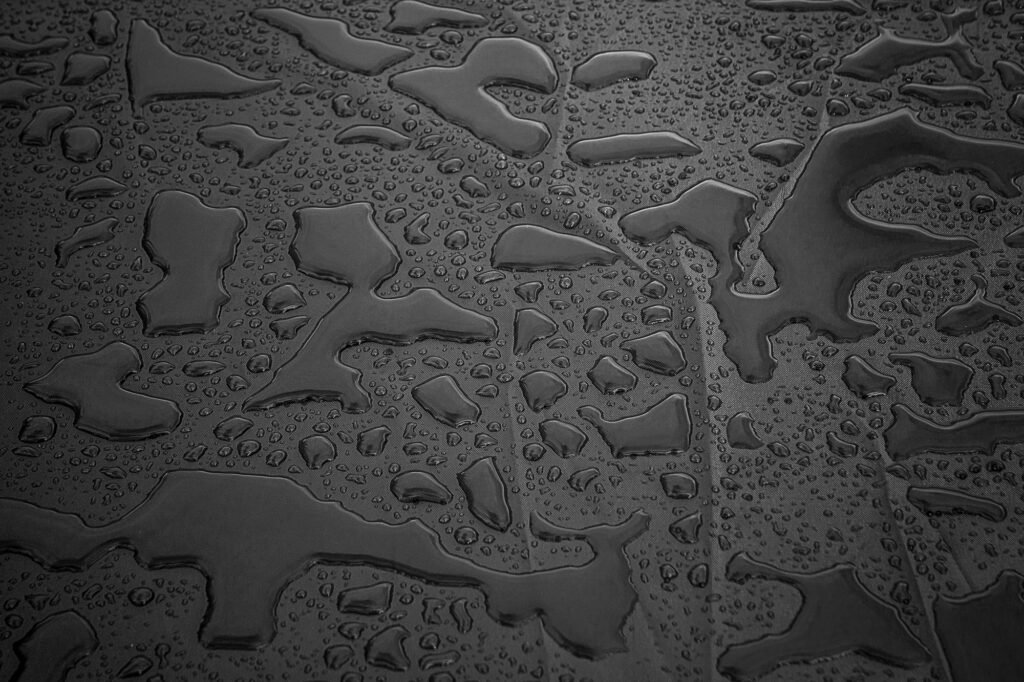
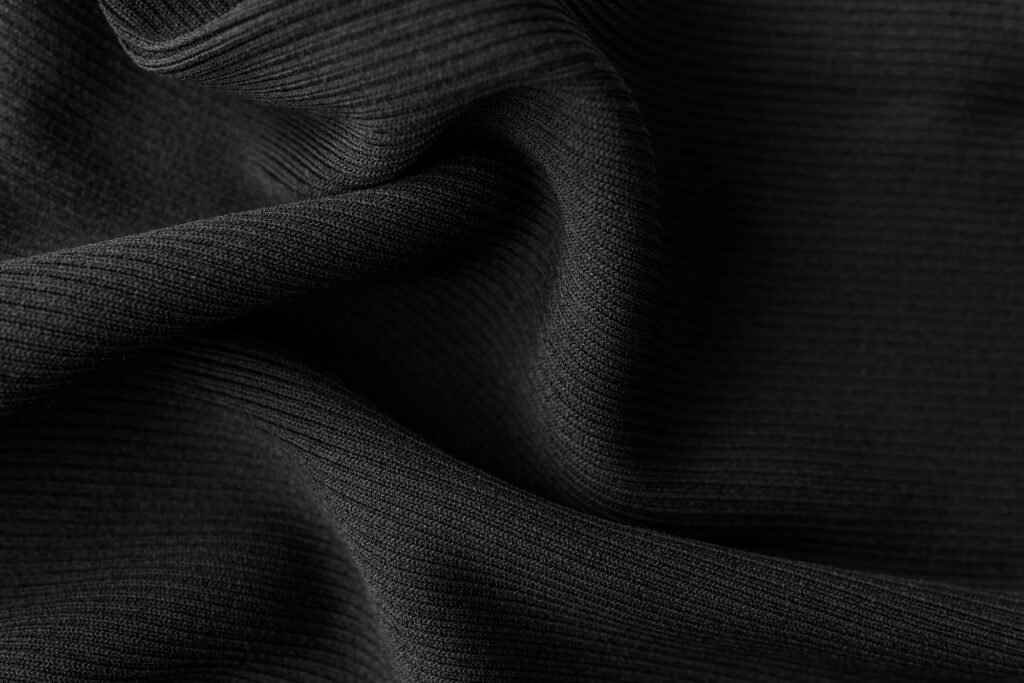
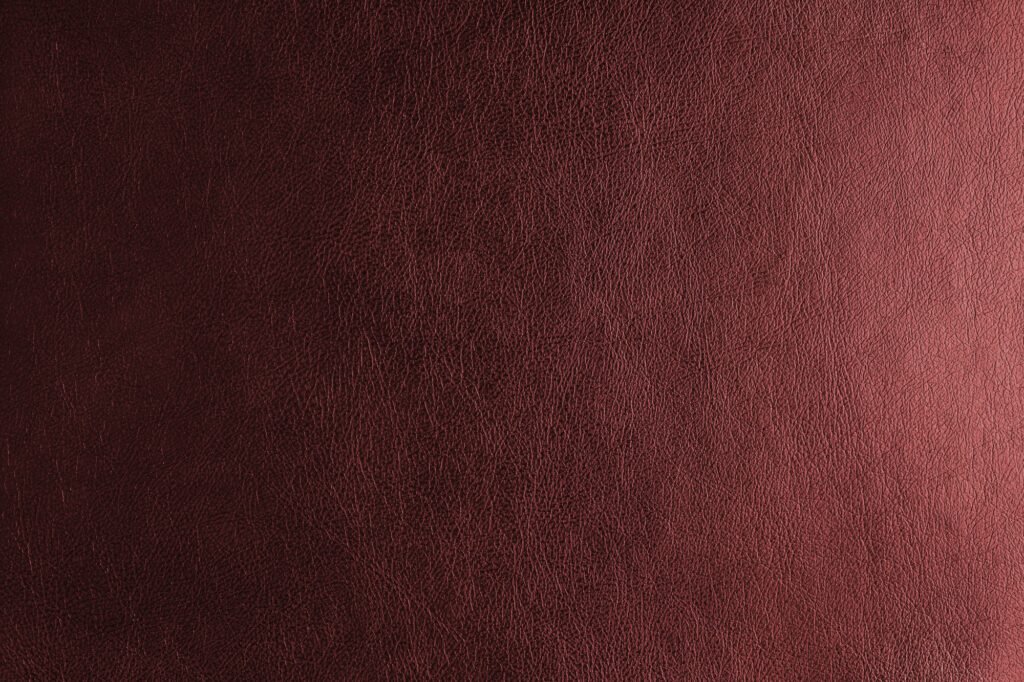
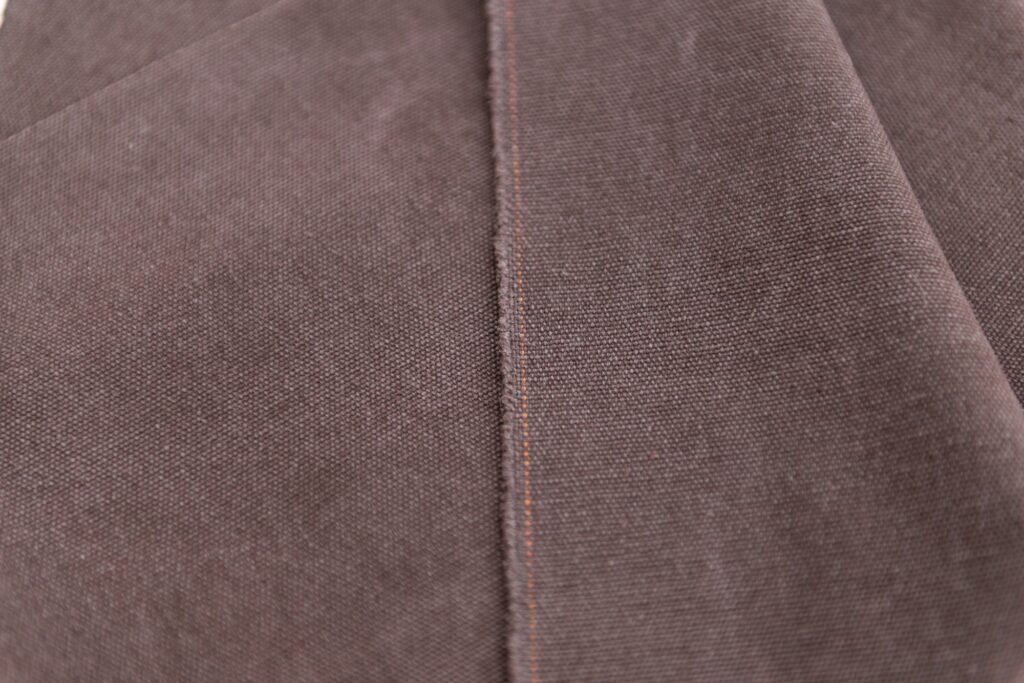
3.Sample production and testing
- First sample verification: The production cycle takes about 7–15 days. We test the stitching density at 8–10 stitches per inch, following the industrial standard. We open and close the zipper 500 times to confirm it runs smoothly without jamming.
- Pressure test: After the load test (filling 1.2 times the nominal capacity), hang for 24 hours to check whether the seams are open.
- User experience optimization: The thickness of the shoulder strap padding is recommended to be ≥1cm (memory foam is better than ordinary sponge), and the S-curve of the carrying system must be ergonomic.
4.Mass production and quality control
- Pre-production meeting: confirm the tolerance range (±0.5cm) and color difference standard (Delta E≤1.5) of the production drawing.
Process inspection:
- Inspect fabric defects during the cutting stage (light transmission inspection is required for each roll of fabric)
- Semi-finished product random inspection of sewing strength (3N tensile test)
- Finished product full inspection of functional parts (zippers, webbing, reflective strips, etc.) installation firmness
5.Delivery and after-sales
- EPE pearl cotton is used for independent packaging to prevent transportation scratches, and moisture-proof agent is required for container loading.
- 3% spare parts rate is provided to deal with after-sales problems, and the warranty period is usually 1 year (free repair for non-human damage).
Key details in the customization process
1.Color management
When selecting colors from the Pantone color card, note that nylon fabric has a color rendering that is about 15% lower than polyester. It is recommended to confirm with a physical sample.
Gradient color printing requires the use of digital direct printing technology, which costs 40% more than screen printing but has a more refined effect.
2.Functional enhancement design
- Waterproof treatment: Coated fabric (PU3000mm hydrostatic pressure) is suitable for daily water repellency, and waterproof pressure strips need to be added to the seams.
- Anti-theft structure: Hidden zipper + RFID shielding layer design, the cost increases by 20% but is suitable for business travel scenarios.
3.Brand presentation skills
LOGO process selection:
| Process type | Applicable scenario | Cost comparison |
| Embroidery | High-end business style | +30% |
| Heat transfer | Complex pattern | +15% |
| Laser engraving | Leather material | +50% |
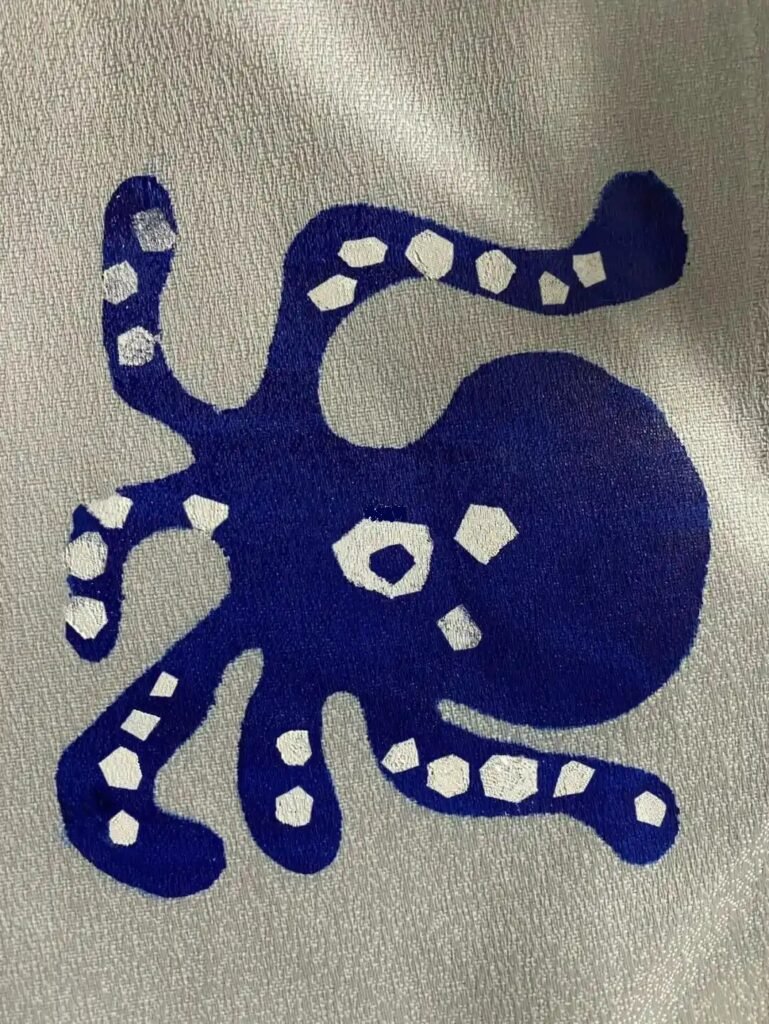
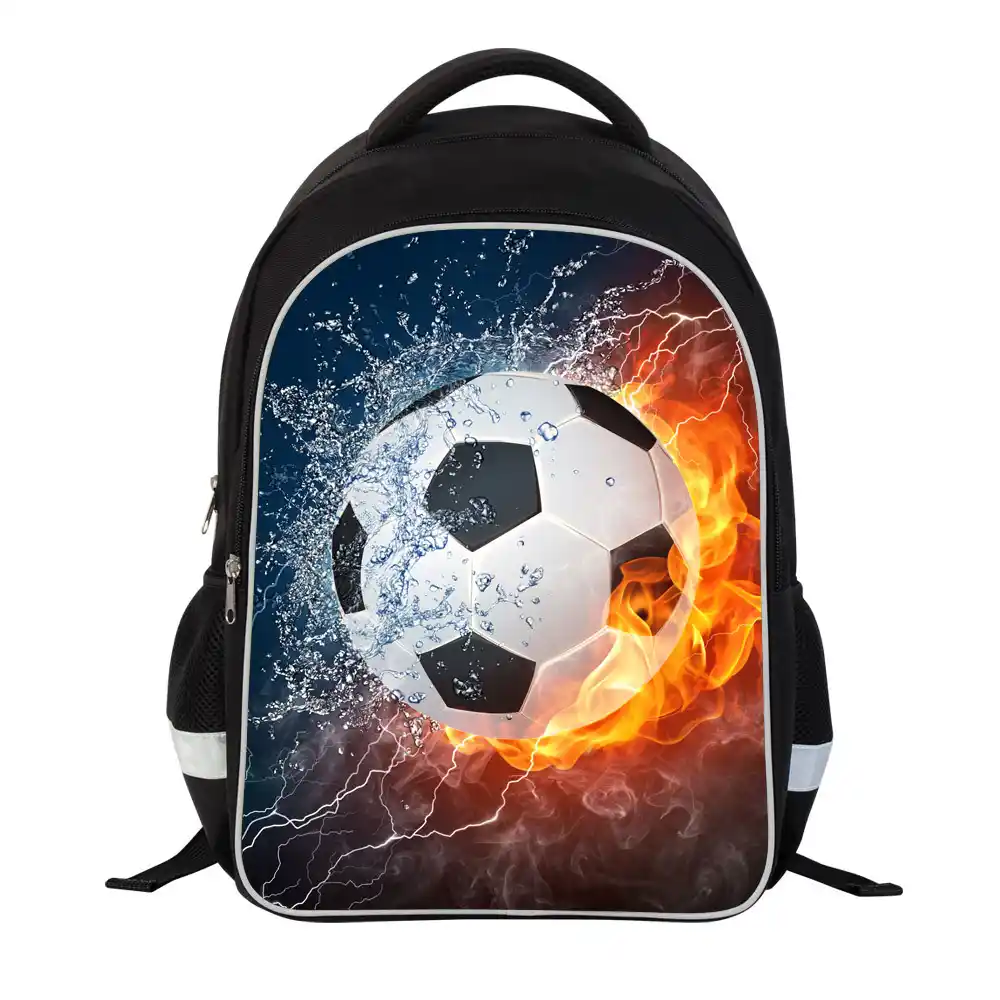
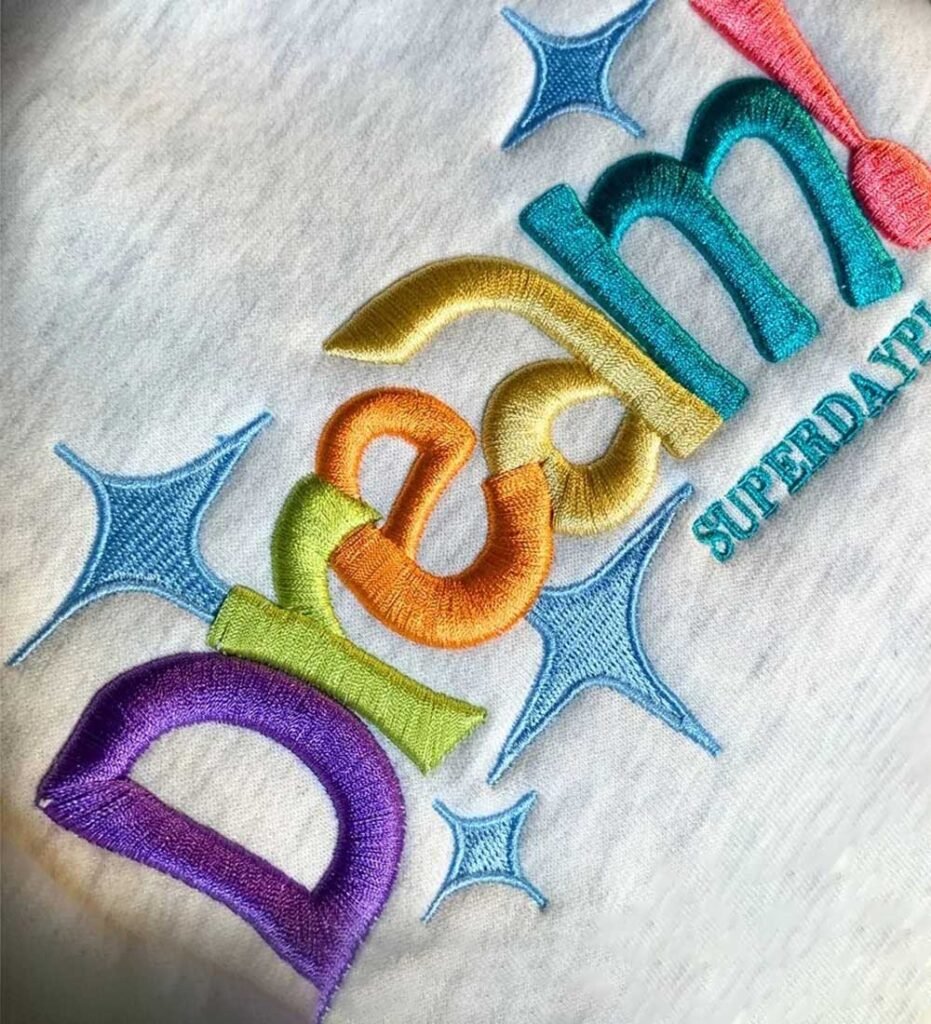
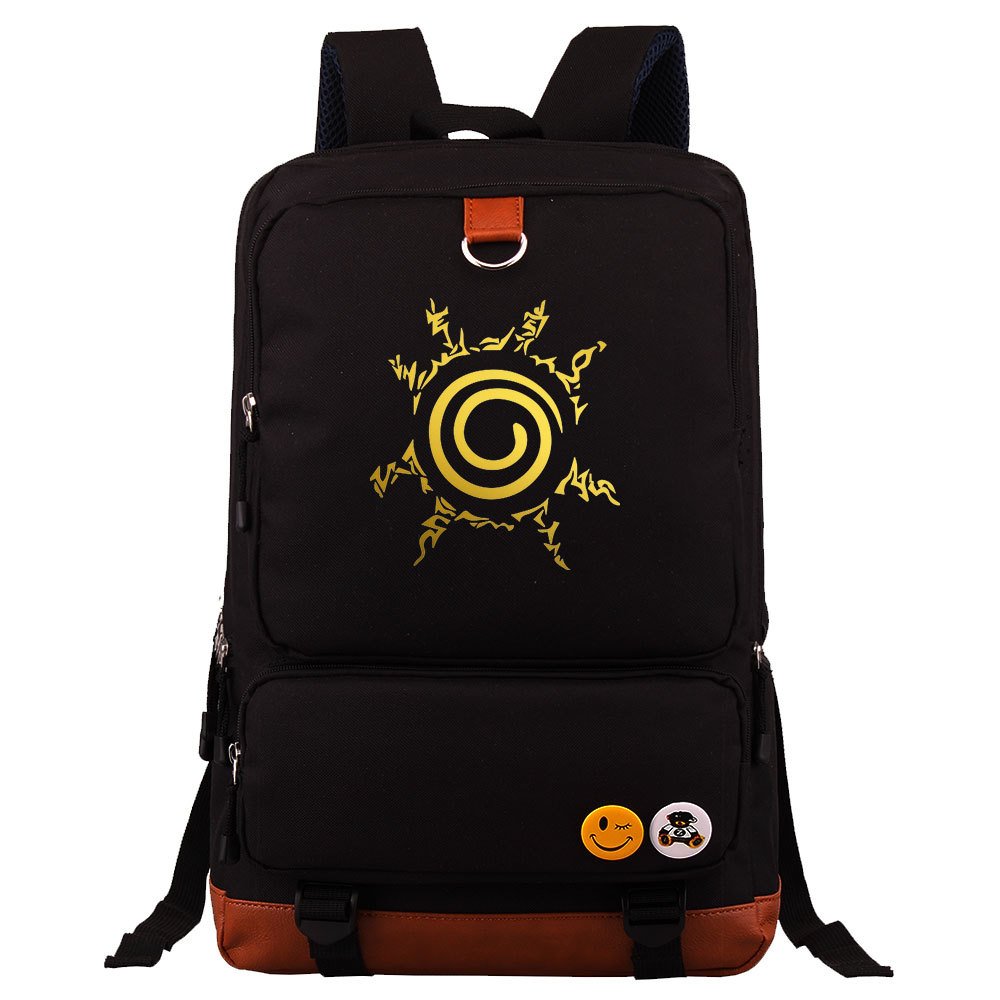
Customized Pitfall Avoidance Guide
1.Design traps
- Avoid setting large-area printing at stress-bearing parts (shoulder strap root, bottom load-bearing area), and the shedding rate exceeds 60% after rubbing 500 times.
- Differences between samples and mass production: Require the factory to provide proof of the same batch of raw materials to prevent the use of alternative fabrics for bulk goods.
2.Production risk control
- Specify the delayed compensation clause when signing the contract (the daily fine is recommended to be 0.1% of the total contract amount).
- Require the factory to provide a third-party quality inspection report (such as SGS certification), focusing on formaldehyde content (≤75mg/kg) and azo dye detection.
3.Cost optimization strategy
- Choose a universal mold: the mold opening fee accounts for about 15% of the cost, and using the factory’s existing version can reduce the minimum order quantity (some factories support a minimum order of 50 pieces).
- Combined orders: Combined production of orders of different colors/sizes can save 20%-30% of the startup fee.
4.Supplier screening
- Check whether the factory has passed the BSCI factory inspection certification to ensure compliance with social responsibility standards.
- On-site inspection of production equipment: High-speed computer sewing machines (Juki DDL-9000 series) have a 40% higher sewing accuracy than ordinary flat sewing machines.
Conclusion
Successful backpack customization requires translating user needs into precise production instructions. Companies should sign a confidentiality agreement (NDA) with their backpack factory as soon as customization begins. They should request a complete production schedule, including photos of every key milestone. By overseeing each step—from design and production to quality inspection—they ensure custom backpacks offer practical value and brand premium. Startup brands should cap their first order at 300–500 pieces to test market response. They can then tweak their product line based on real customer feedback.

